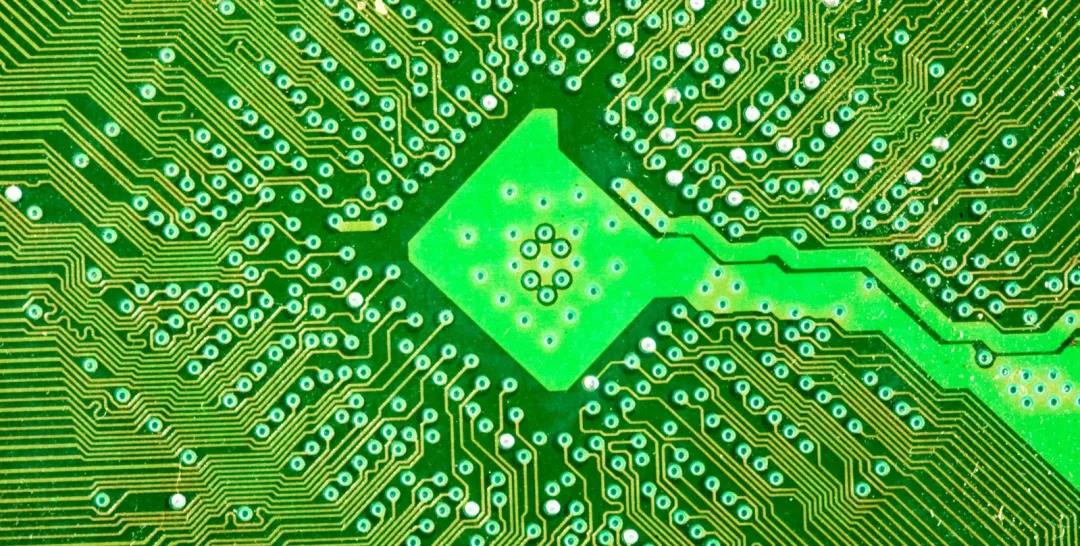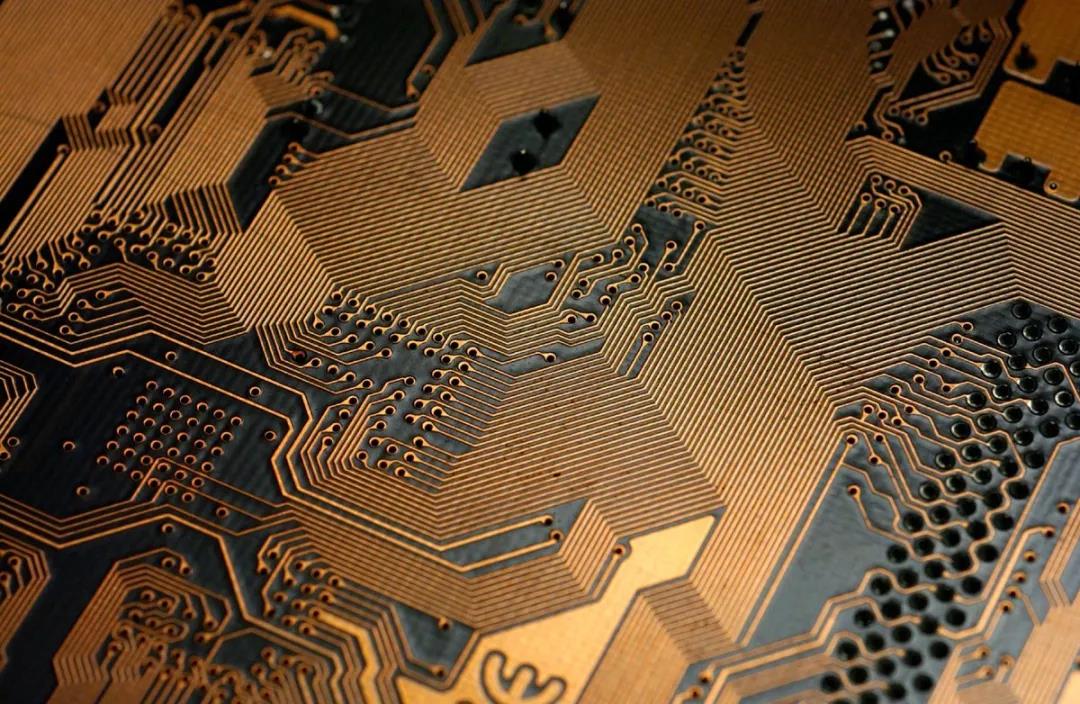March 12, 2021
1974
Correct shielding method:
In product development, from the perspective of cost, schedule, quality, and performance, it is usually best to carefully consider and implement the correct design as early as possible in the project development cycle. Add-ons and other "quick" fixes implemented later in the project are usually not functionally non-ideal solutions, have poorer quality and reliability, and are more costly than implemented earlier in the process. Lack of foresight in the early design phase of a project usually results in delayed delivery and may lead to customer dissatisfaction with the product. This question applies to any design, be it analog, digital, electrical or mechanical, etc.
Compared with shielding a single IC and a part of the PCB, the cost of shielding the entire PCB is about 10 times, and the cost of shielding the entire product is 100 times. If the entire room or building needs to be shielded, the cost is indeed astronomical.

The "nested" shielding method is a possible solution. The nesting method is a method of applying shielding at each lowest level of product design. For example, blocking is first applied to:
Partial area of a single IC/PCB
The entire PCB
Subassembly
All products
The nested shielding method can minimize the total cost of manufacturing high-quality products on time and within the performance specifications.
Use low blocking levels
For various reasons, it makes sense to shield at the lowest possible level (single IC, small area of PCB, and PCB level):
Shell shielding cannot help attenuate the interference between individual ICs on the PCB, while PCB level shielding can help attenuate the interference between individual ICs.
From a practical/cost-efficiency point of view, typical shell shielding technology cannot provide significant attenuation performance at higher (GHz) frequencies, and PCB shielding can indeed provide this function.
By effectively using shielding on the PCB layer, the cost and weight of the shielding layer can be minimized.
From the perspective of susceptibility, modern integrated circuits have shrinking silicon characteristics, faster rise times, and lower noise margins. As long as they are shielded on the PCB layer, they can work efficiently in noisy environments.
The integration of noisy wireless communication modules in the product can lead to harmful inferences about other sensitive analog and digital components in the immediate vicinity. This noise can also be mitigated by using PCB level shielding.
Due to the need to add holes and slots to penetrate input/output cables, displays, ventilation, contact removal media, etc., the shielding of the enclosure is usually compromised to the point of complete failure. If PCB-level shielding is used, this situation will not be so serious.
Effective housing shielding usually requires accurate filtering of all cables entering and exiting the product where the cable passes through the housing shield. If PCB level shielding is used, the need for this additional filtering can be reduced.

Whether designing mobile phones, tablets, portable computers or other forms of electronic products, in addition to PCB level shielding, a good PCB layout is essential to minimize EMI. The ground plane and power plane can be used as EMI shielding for high-threat noise signals. This technology is a good first step towards minimizing the noise in these high-threat signals. There is a problem with this method. RF energy will still radiate to the component leads and packaging, so a more complete solution is needed. PCB level shielding (also called "shielding tank") can be used here to attenuate the noise emitted by these noisy devices.
In order to provide the greatest benefit, the PCB horizontal shield must form a complete six-sided metal enclosure. This is achieved by soldering the shielding layer to a solid ground plane under all components that need to be shielded. To maximize efficiency, there must not be any substantial gaps or openings in the ground plane. The actual performance of all shielding and grounding layers will always be affected by openings (such as adjustment holes, indicators, wires, construction joints, and gaps between shielding tank grounding connections). Therefore, these items need to be avoided as much as possible.
The goal of EMI shielding is to use the six sides of a metal box to create a Faraday cage around the enclosed RF noise component. The top five sides are made using shielding covers or metal cans, while the bottom sides are made using the ground plane inside the PCB. In an ideal enclosure, no emissions will enter or leave the box. Harmful emissions from these shields do occur, for example from perforations into holes in tin cans, which allow heat transfer during solder reflow. These leaks may also be caused by defects in EMI gaskets or solder attachments. Noise may also escape from the space between the ground vias for electrically connecting the shield cover to the ground layer.
Traditionally, PCB shields are connected to the PCB using through-hole solder tails, which are soldered manually after the main assembly process. This is a time-consuming and expensive process. If maintenance is required during installation and maintenance, it must be desoldered to access the circuits and components under the shielding layer. In dense PCB areas containing highly sensitive components, there is a risk of expensive damage.
The typical properties of PCB liquid level shielding tank are as follows:
Small footprint;
Low profile configuration;
Two-piece design (fence and cover);
Through hole or surface mount;
Multi-cavity pattern (use the same shielding layer to isolate multiple components);
Almost unlimited design flexibility;
Vents;
Removable cover for quick maintenance of components;
I/O hole
Connector cutout;
Enhanced shielding by radio frequency absorber;
ESD protection with insulating pad;
Use the firm locking function between the frame and the cover to reliably prevent shock and vibration.
Typical shielding material
A variety of shielding materials can generally be used, including brass, nickel silver, and stainless steel. The most common types are:
Small footprint;
Low profile configuration;
Two-piece design (fence and cover);
Through hole or surface mount;
Multi-cavity pattern (use the same shielding layer to isolate multiple components);
Almost unlimited design flexibility;
Vents;
Removable cover for quick maintenance of components;
I/O hole
Connector cutout;
Enhanced shielding by radio frequency absorber;
ESD protection with insulating pad;
Use the firm locking function between the frame and the cover to reliably prevent shock and vibration.
Generally, tinned steel is the best choice for shielding below 100 MHz, while tinned copper is the best choice for shielding above 200 MHz. Tin plating can achieve the best welding efficiency. Since aluminum does not have heat dissipation characteristics, it is not easy to solder to the ground layer, so it is usually not used for PCB level shielding.
Depending on the regulatory burden of the final product, all materials used for shielding may need to comply with RoHs standards. In addition, if the product is used in a hot and humid environment, it may cause electrical corrosion and oxidation.